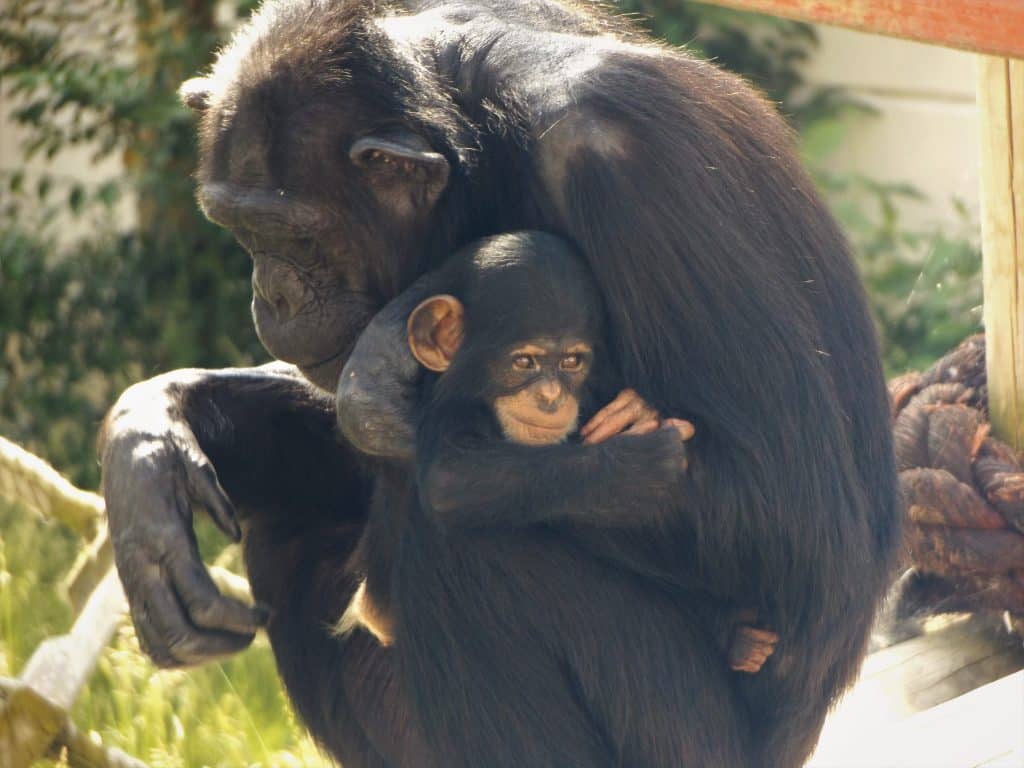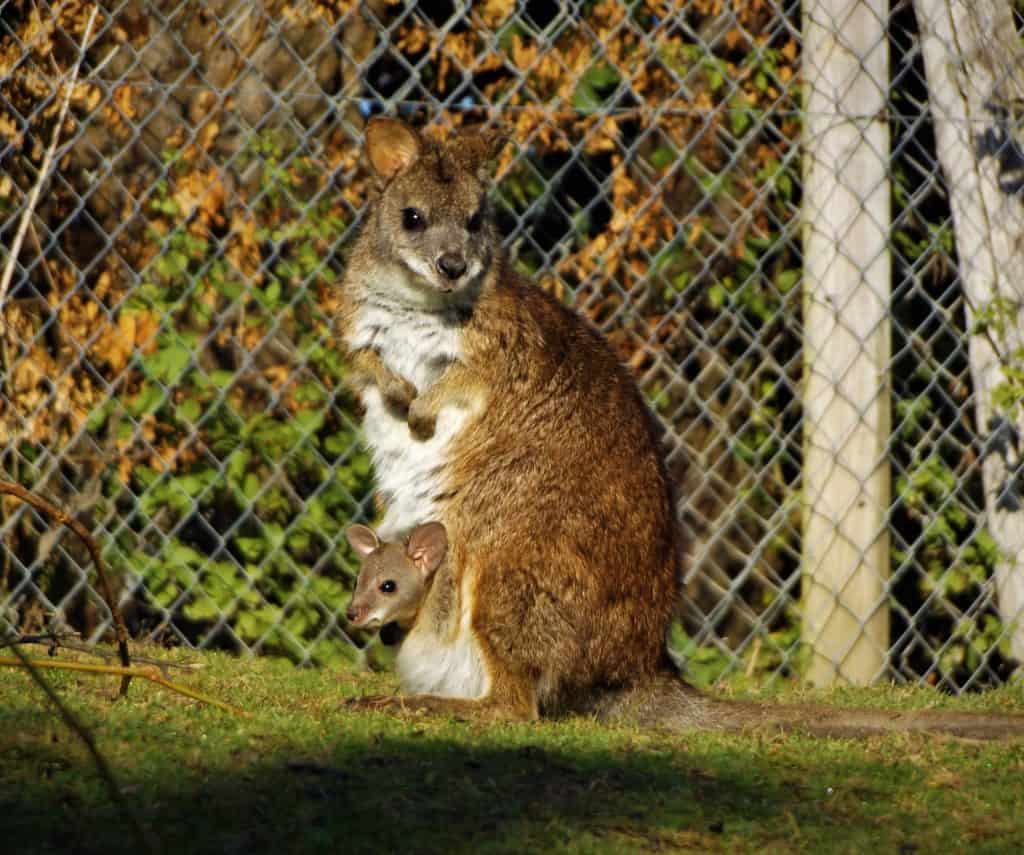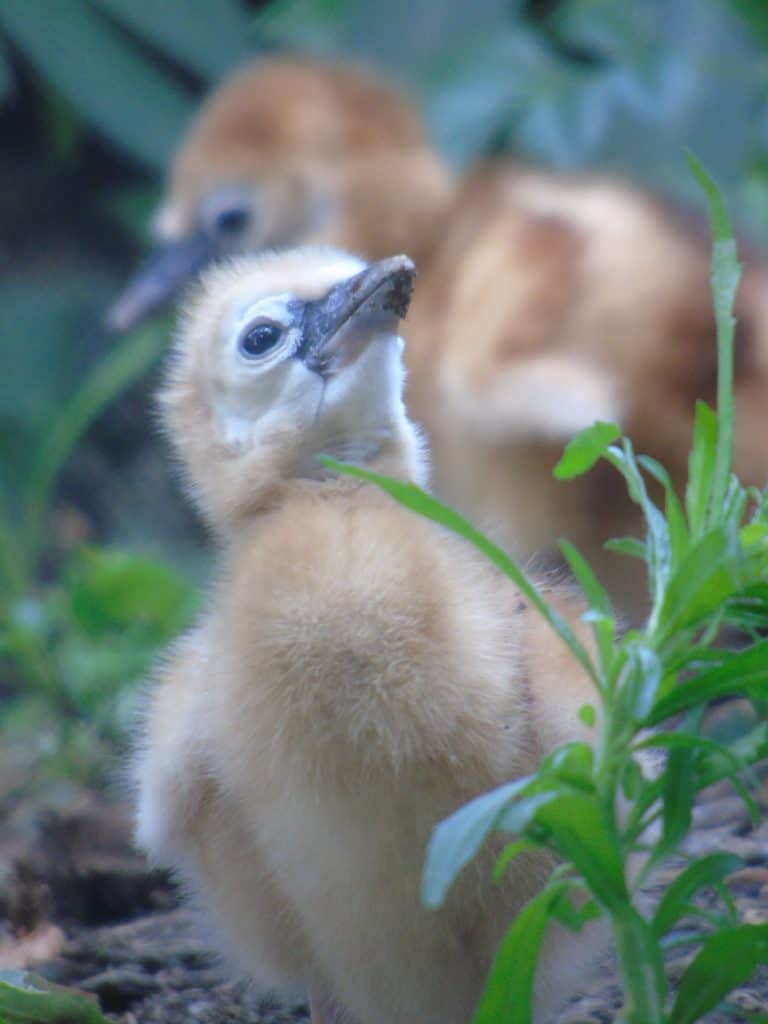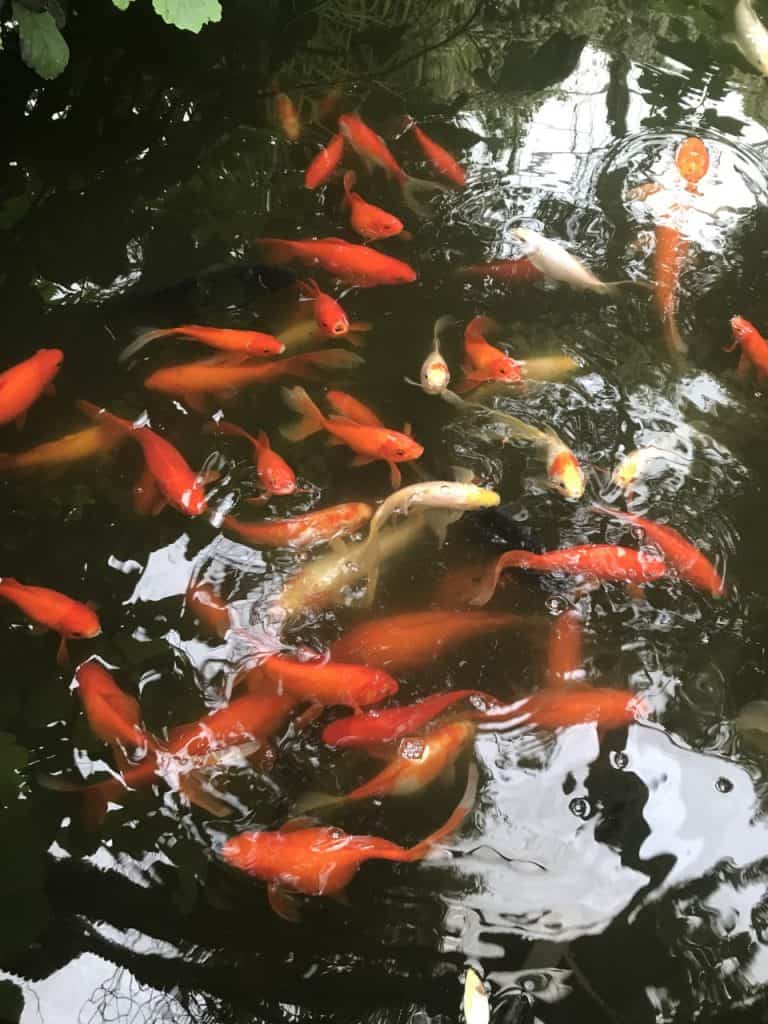The animal kingdom has an amazing variety of animals, each with its own specialised adaptations for life. One subject that is very fascinating is how different species reproduce. Here at Wingham we have a few different methods of reproduction which our animals use. But firstly, let’s look at those different methods.
According to the biologist, Thierry Lodé, there are five modes of reproduction, Hemotrophic viviparity, Histotrophic viviparity, Ovoviviparity, Oviparity and Ovuliparity.
Hemotrophic viviparity
Hemotrophic viviparity is where a foetus develops inside a uterus and is connected via an umbilical cord to a placenta which provides nutrients. This is a method of reproduction seen in most mammals including humans. Hemotrophic viviparity allows for the baby to develop within the womb to a viable size whilst being protected by the mother from the outside elements. It has many pros and cons. For the mothers this means that they can still move freely around, collecting food and preparing for a birth without having to guard or sit in one area. However, babies are usually born needing further nutrition from their mother in the form of milk which puts a further strain on the mothers.

Histotrophic viviparity
Histotrophic viviparity is where the foetus develops in the oviducts but finds nutrients from other tissues. An example of this are marsupials, which are born incredibly quickly after spending little time within the womb and very underdeveloped. They then climb into the mother’s pouch and continue their development within its security. Within histrophic viviparity there are two other ways in how embryos find nutrients; oophagy and adelphophagy.

Oophagy
Oophagy is where the embryo survives by consuming eggs produced by the mothers’ ovaries whilst still in the womb. This is seen in some shark species.
Adelphophagy
Adelphophagy (or intravterine cannibalism) is where there are multiple embryos produced but only the largest or strongest survive by consuming the weaker, less developed ones. This is seen in some shark species such as the Great White.
Ovoviviparity
Ovoviviparity is a form of reproduction where an animal gives birth to live young after retaining the eggs within the body. This is a form of development which sees not only females using the method but also males.
Seahorses are a species which reproduce using ovoviviparity. The males have a brooding pouch on their stomach where the embryos develop. The female deposits her eggs within this pouch and then the male fertilises them. After 2-3 weeks the eggs hatch and the babies must fend for themselves.
Oviparity
Oviparity is where eggs are internally fertilised within the female’s body. The egg is then laid, and the embryos development occurs in the egg outside of the mother’s body for example in birds and a lot of reptile species.

The embryo is supplied with all the nutrients it requires from a yolk sac inside the egg. There is then an incubation period, which can vary significantly between species before the baby is developed enough to hatch, from 11 (yellow-billed cuckoo) to 85 (the brown kiwi) days.

There are also two species of mammals which reproduce by laying eggs, the echidna and platypus.
Ovuliparity
Finally, we get to ovuliparity which is where the eggs are laid and fertilised externally from the female’s body. These types of eggs are soft and are often found in amphibian and fish species. For example, frogspawn, where a female frog will lay eggs and then a male will come along and fertilise them. Sometimes these eggs are then guarded by the parent or parents, but this is completely dependent on the species.

So which species do we have here at WWP that reproduce using these methods? Well, here are a few examples.
| Hemotrophic Viviparity | Histotrophic Viviparity | Oviparity | Ovoviviparity | Ovuliparity |
|---|---|---|---|---|
| Chimpanzees | Parma Wallabies | Humboldt Penguins | Madagascan Hissing Cockroaches | Ghost Carp |
| African Pygmy Goats | Bennett's Wallabies | Rainbow Lorikeet | Dubia Cockroaches | Leather Carp |
| Meerkats | Laughing Kookaburras |


